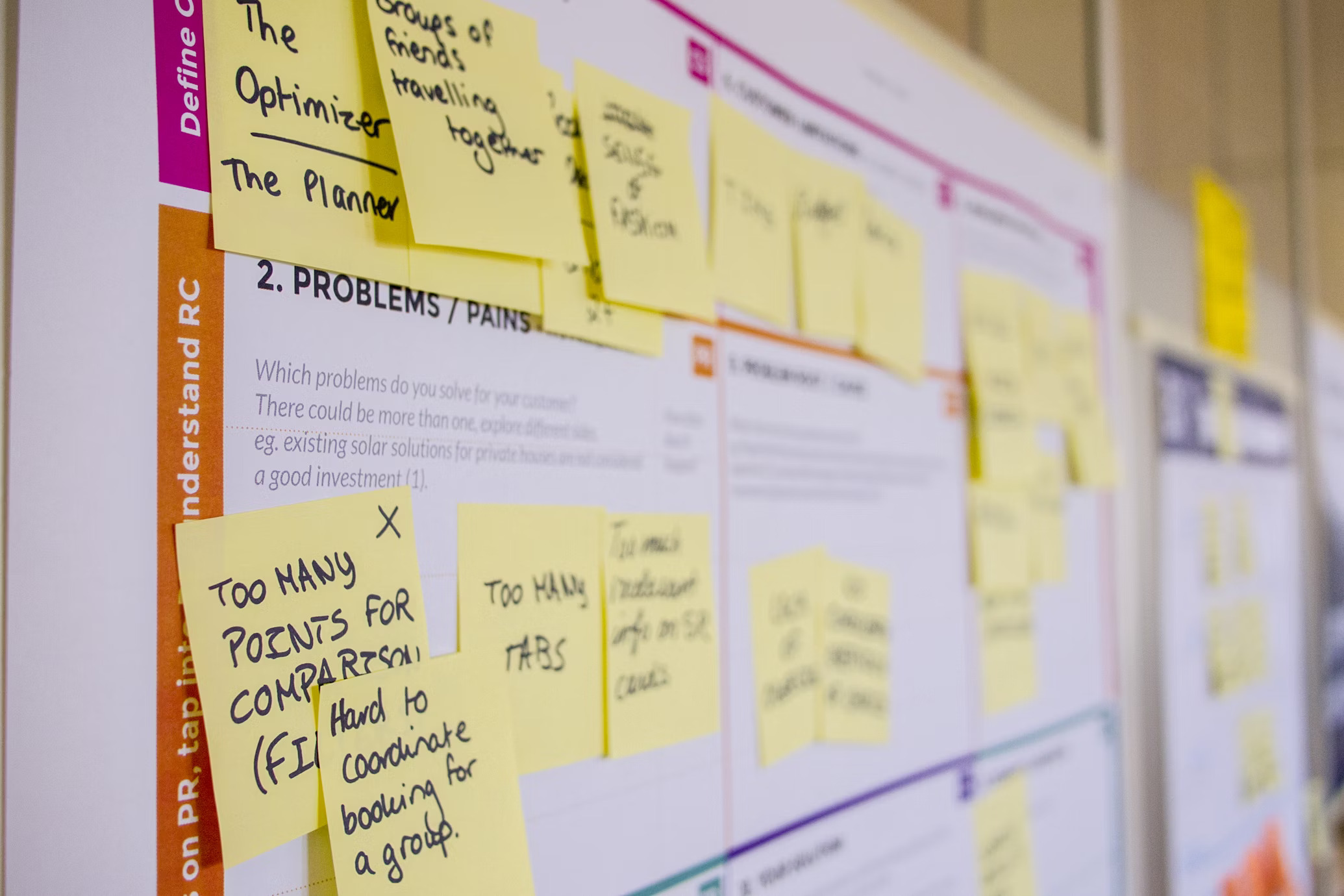Lean Validation
What is Lean Validation?
Definition:
Lean validation is a methodology used to quickly and cost effectively validate business ideas, products, or services with minimal resources. It involves creating and testing simplified versions of a concept (such as a Minimum Viable Product or MVP) to gather feedback and data from real users. This iterative process helps entrepreneurs and businesses avoid wasting time and money on ideas that may not succeed in the market.
Analogy:
Imagine lean validation as a trial run for a new recipe in a restaurant. Instead of preparing the full dish for the entire menu, the chef makes a small batch to get feedback from a few customers. Based on their reactions, the chef can tweak the recipe before committing to a largescale rollout. Similarly, lean validation allows businesses to test and refine their ideas on a small scale before fully investing.
Further Description:
Lean validation encompasses various strategies and techniques to test assumptions and hypotheses about a business idea. Here are some common methods and tools used in lean validation:
Minimum Viable Product (MVP):An MVP is a basic version of a product that includes only the essential features necessary to validate the core idea. It allows businesses to gather user feedback and make data driven decisions for future development.
Prototypes:Prototypes are early models or simulations of a product used to test specific aspects of the concept. They can range from simple sketches and wireframes to interactive digital models.
Customer Interviews:Conducting interviews with potential customers helps businesses understand their needs, preferences, and pain points. This qualitative feedback is crucial for validating assumptions and refining the product.
Surveys and Questionnaires:Surveys and questionnaires are tools for collecting quantitative data from a larger audience. They can provide insights into market demand, pricing, and feature preferences.
A/B Testing:A/B testing involves comparing two versions of a product or feature to determine which performs better. This method helps in optimizing user experience and making informed decisions based on data.
Key Components of Lean Validation:
Hypotheses:Clear, testable statements about the business idea that can be validated or invalidated through experiments and user feedback.
Experiments:Structured activities designed to test hypotheses and gather relevant data. Experiments should be simple, focused, and measurable.
Metrics:Quantitative measures used to evaluate the success of experiments and track progress. Common metrics include user engagement, conversion rates, and customer satisfaction.
Feedback Loops:The process of gathering user feedback, analyzing the data, and iterating on the product based on insights gained. Continuous feedback loops ensure that the product evolves to meet user needs.
Why is Lean Validation Important?
Reduces Risk:By validating ideas early, businesses can avoid significant financial and time investments in concepts that may not succeed.
Increases Efficiency:Lean validation promotes rapid iteration and continuous improvement, leading to more efficient use of resources.
Enhances Customer Focus:Involving customers in the validation process ensures that the product addresses real needs and pain points, increasing the likelihood of market success.
Facilitates Learning:Each iteration and experiment provides valuable insights that help businesses better understand their market and refine their strategies.
Examples and Usage:
Dropbox:Before building the full product, Dropbox created a simple video demonstrating the concept of file synchronization across devices. The positive response validated the idea and attracted early adopters.
Zappos:To validate the market demand for selling shoes online, Zappos founders initially took pictures of shoes from local stores and posted them online. When customers made purchases, they bought the shoes from the store and shipped them directly.
Buffer:Buffer, a social media scheduling tool, started with a simple landing page explaining the product. Interested users could sign up for updates, helping the founders gauge interest before building the full application.
Key Takeaways:
- Lean validation is a cost effective methodology for testing and refining business ideas with minimal resources.
- Key components include hypotheses, experiments, metrics, and feedback loops.
- Lean validation reduces risk, increases efficiency, enhances customer focus, and facilitates learning..





